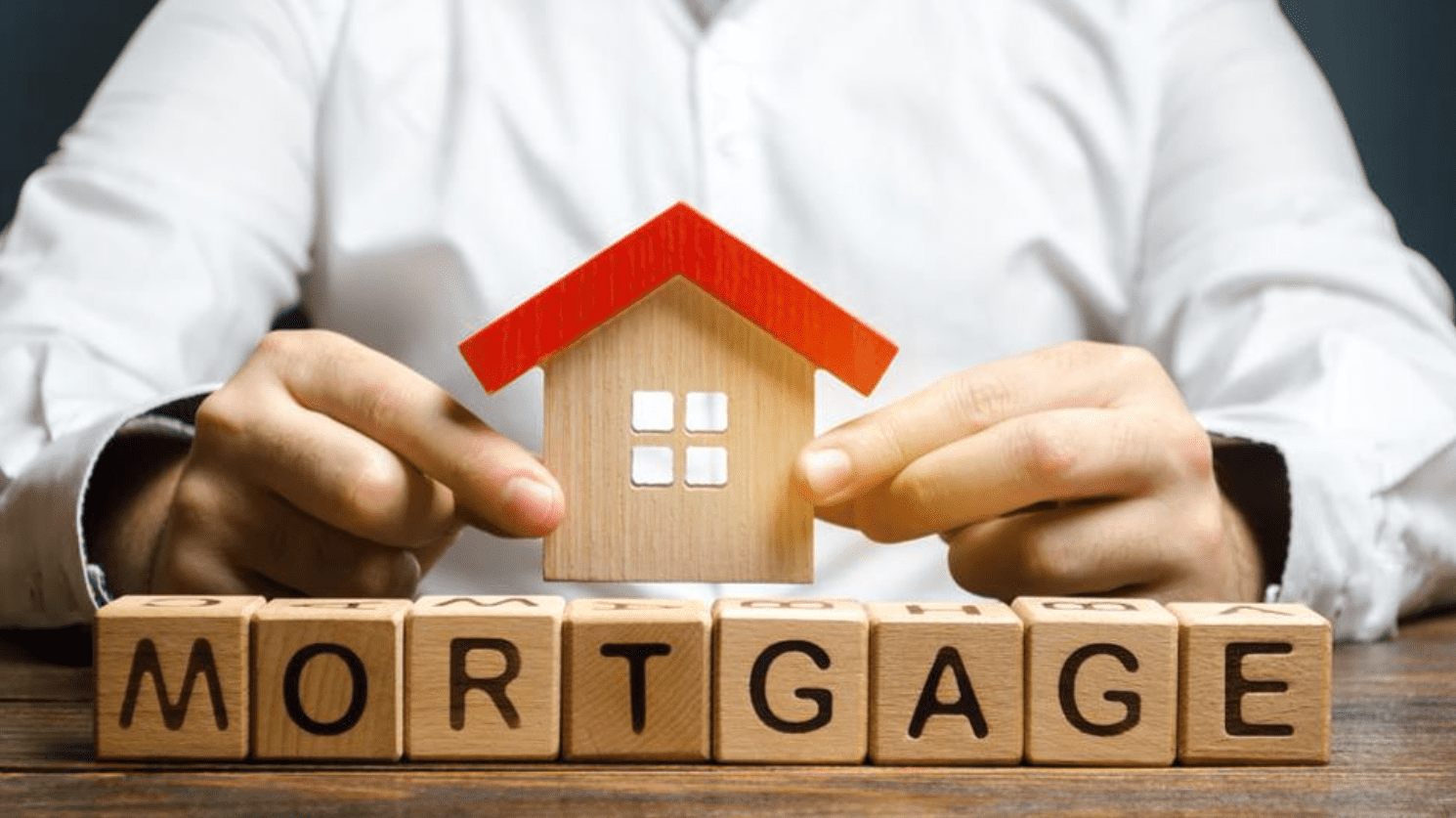Mortgage rates have been climbing quickly since the beginning of the year, and their journey skyward seems far from over.
A long-running survey of the nation’s mortgage rates says the cost of borrowing inched up again this week — a trend that “could test buyer demand in the coming months,” according to Realtor.com’s chief economist, Danielle Hale.
While some borrowers may get discouraged over a few basis points, make sure to put these changes in perspective. Rates remain incredibly low; if you act soon, you can still get a dynamite deal on a new home or on a refinance that will greatly reduce your monthly mortgage payment.
30-year mortgages
The average rate for a 30-year fixed mortgage crept up this week to 3.05%, according to the most recent edition of Freddie Mac’s 50-year-old survey.
Rates rose from an average of 3.02% last week and are now the highest they’ve been since July 2020, the government-sponsored mortgage giant reported Thursday.
Other surveys report even higher averages. Mortgage News Daily pegged the typical 30-year fixed-rate mortgage at 3.29% on Wednesday, up from 3.26% just a day before. The Mortgage Bankers Association’s average 30-year fixed rate is currently 3.23%.
If the current trend continues, it won’t be long until the last year’s worth of drops are erased. A year ago, 30-year rates averaged 3.36%, Freddie Mac says.
15-year mortgages
Rates are also slightly higher this week for other popular types of home loans.
The average for a 15-year fixed-rate mortgage increased modestly from 2.34% to 2.38% last week. These shorter-term home loans, which are a popular choice for refinancing, were averaging 2.77% at the same time last year.
“The run-up in mortgage rates continues to cool demand for refinance applications,” Joel Kan, the Mortgage Bankers Association’s associate vice president of economic and industry forecasting, said Wednesday. Volume tumbled 5% last week.
“Activity declined last week for the fourth time in five weeks,” Kan added.
5/1 adjustable-rate mortgages
Starter rates on 5/1 adjustable-rate mortgages, or ARMs, saw a similar hike this week, climbing from 2.73% to 2.77%. A year ago, ARMs were going for an average 3.01%.
A 5/1 ARM includes a rate that is fixed for the first five years of the mortgage. It then can adjust — up or down — every year after that, making them an intriguing option for homeowners who want to save money on a refinance.
That’s a move Sam Khater, Freddie Mac’s chief economist, thinks homeowners should still consider.
“Even as rates rise modestly, the housing market remains healthy on the cusp of spring homebuying season,” Khater says. “Homebuyer demand is strong and, for homeowners who have not refinanced but are looking to do so, they have not yet lost the opportunity.”
Why are mortgage rates rising — and where will they go next?
Mortgage rates are tied closely to activity in the bond market: When bond activity is strong, mortgage rates shrink in response.
When Congress passed the $1.9 trillion COVID-19 stimulus package, it signaled to investors that increased consumer spending and economic growth may be just around the corner. That positive news triggered an even greater pullback from the bond market, which pushed mortgage rates higher.
If businesses really do rebound, borrowers can expect to see rates rise again, possibly at a more rapid pace.
“For buyers and sellers, the shift will mean higher financing costs,” says Realtor.com Senior Economist George Ratui. “For homeowners seeking to refinance, higher rates are closing the door of opportunity, as we saw in this week’s sharp drop in refinance applications.”
It’s not too late to save big
Despite the recent rate hikes, refinancing today remains a winning proposition for millions of Americans.
At the beginning of February, mortgage technology and data provider Black Knight reported that almost 17 million homeowners were good candidates for a refi and could potentially save an average of more than $300 per month.
What does a good candidate look like? Anyone with a strong credit score, at least 20% equity in their home and the opportunity to cut their mortgage rate by at least three-quarters of a percentage point. Shaving your rate down from, say, 3.75% to 3% can create a lot of financial breathing room.
To get the best rate on a refinance loan, you’ll have to shop around. Make sure to compare offers from at least five lenders. Multiple studies have determined five is the magic number for bagging a low rate that can save you thousands.
Even if refinancing can’t save you money, you can probably bring down the overall cost of homeownership in other ways. When it’s time to buy or renew your homeowners insurance, a little comparison shopping can go a long way: Check rates from multiple insurers to find the best deal on the coverage you need.

